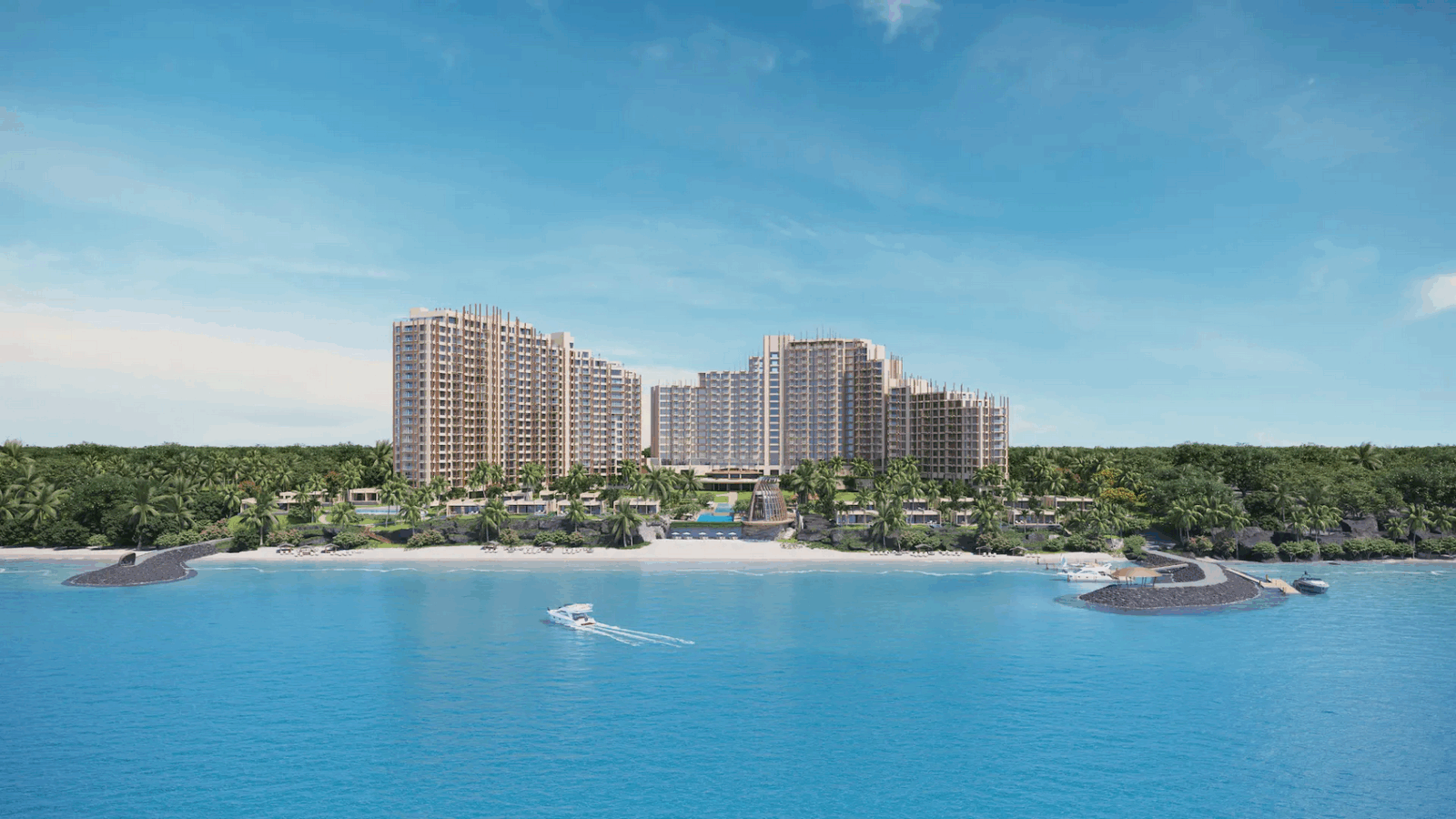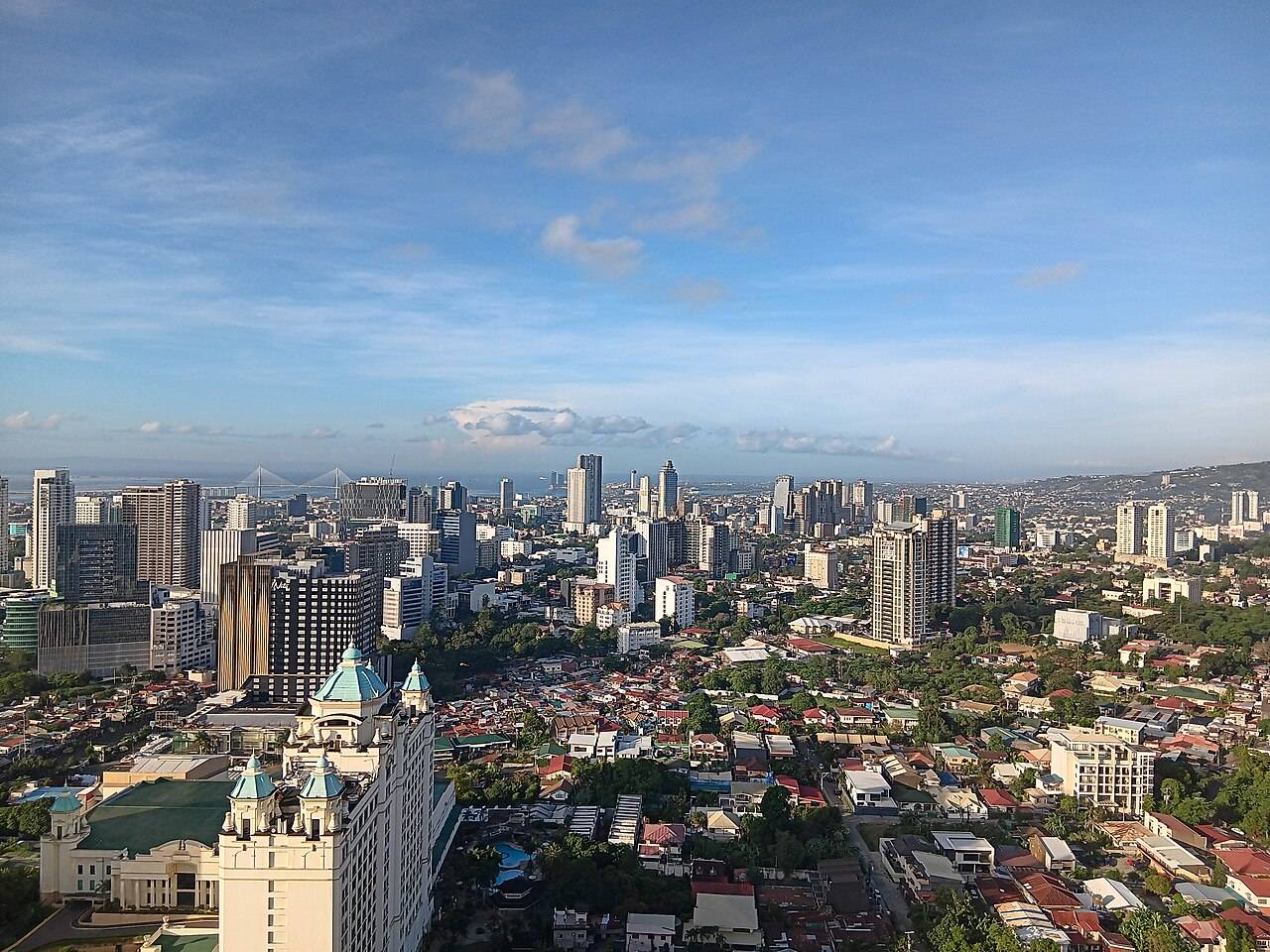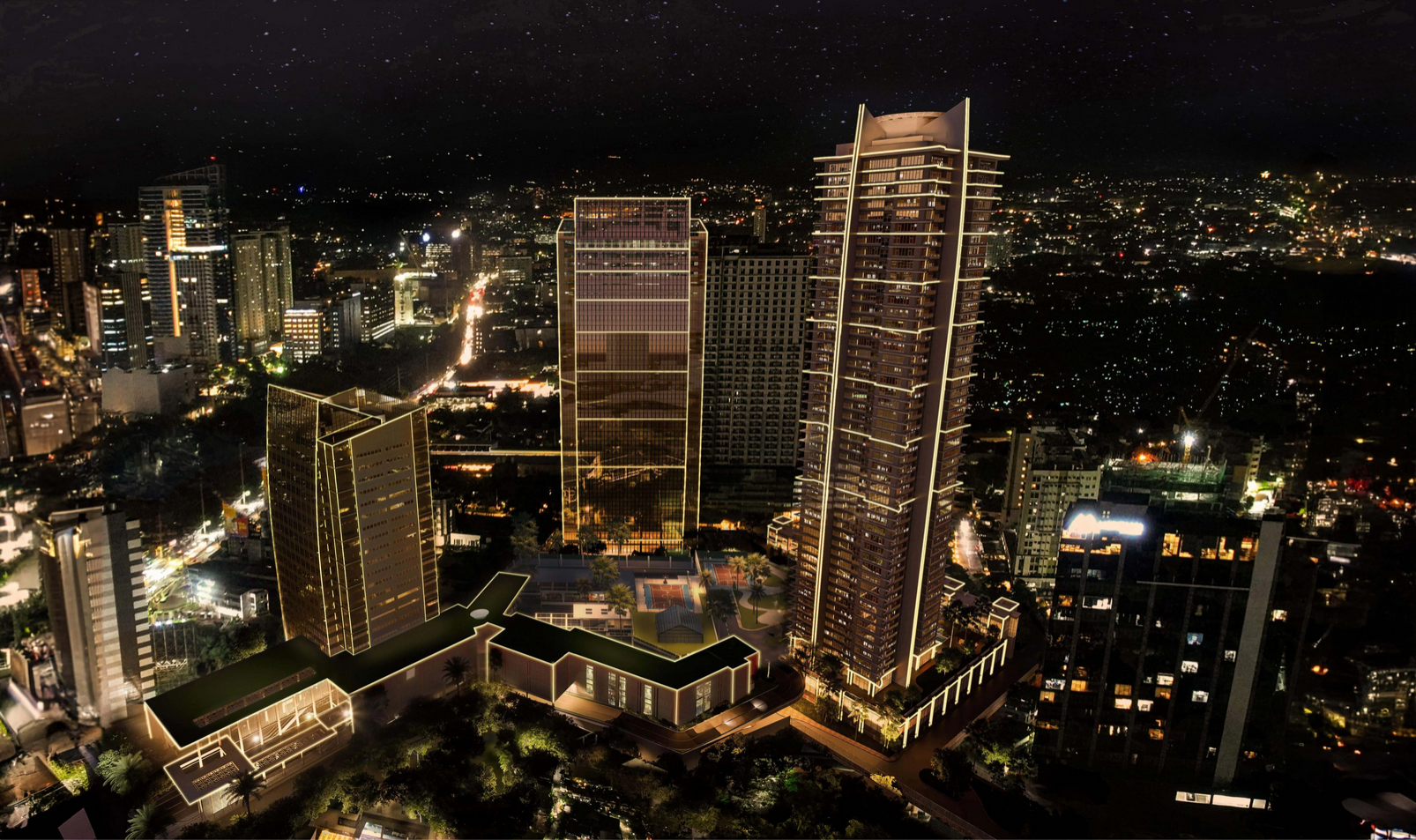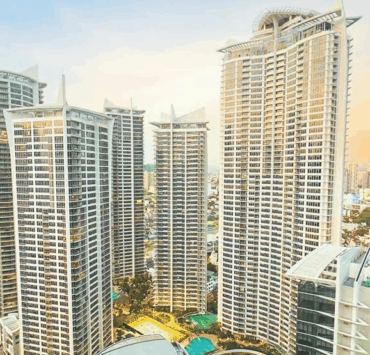Real estate helps power Cebu’s economic ascent

Cebu Island—composed of Cebu province and the cities of Cebu, Lapu-Lapu and Mandaue—solidified its claim as one of the major economic powerhouses of the Philippines when it first breached P1 trillion in economic value or gross domestic product (GDP) in 2023.
This trajectory was maintained in 2024 when Central Visayas registered a 7.3 percent GDP growth, the fastest growing regional economy in the Philippines.
Around 70 percent of Central Visayas’ economic value is generated from Cebu Island, with Cebu province contributing 30 percent while the three highly urbanized cities have a consolidated contribution of 43 percent.
Based on 2023 Philippine Statistics Authority (PSA) data, GDP per capita figures for the cities of Cebu (P316,405), Lapu-Lapu (P313,039), and Mandaue (P274,376) were way greater than the Philippine per capita GDP of P178,751—underpinned by sustained contributions from the services sector that includes the IT and business process management (IT-BPM) and tourism sectors.

Real estate as key contributor
Among 16 industries, wholesale/retail contributed 26.1 percent to Cebu Island’s economy, followed by financial and insurance activities (20.5 percent) and by real estate and ownership of dwellings (9 percent).
Some minor industries—which can be considered as real estate-related, such as accommodation and food services, transportation, and construction—also contributed 4.3 percent, 3.7 percent and 2.5 percent, respectively. This shows that real estate and real estate-related industries are major economic contributors to Cebu’s economy.
For Cebu’s major infrastructure projects, the list includes the 74-km Metro Cebu expressway which is an alternative route for Metro Cebu; the P76 billion 4th Cebu-Mactan bridge; and the planned 67.5-km Metro Cebu Subway, envisioned to connect Danao City in the north to Carcar City in the south. These projects are expected to further boost Cebu’s real estate industry.
Cebu’s major infrastructure projects have attracted high quality developments in terms of townships and central business districts with high grade office towers, residential buildings, commercial spaces, and hotels.
Cebu City currently has mixed-used developments like Cebu IT Park, South Road Properties, Cebu Business Park, among others, while notable developments include Oakridge and Mandani Bay in Mandaue City, and The Mactan Newtown and Eton’s 35-ha integrated township in Lapu-Lapu City.

Real estate performance
In terms of general real estate market performance in Cebu, we see some positive trends despite the challenging environment, given global economic headwinds, supply shocks due to the pandemic and regional conflicts, and the high-interest rate environment.
For the office space market, Cebu has the highest office space inventory outside Metro Manila. It has a current office supply of 1.148 million sqm and a pipeline supply of around 100,000 sqm.
Although vacancy rate remains elevated at 30 percent, there was an uptick in rental rates of 11.4 percent year-on-year (YOY)—from an average of P570 per sqm in Q2 2024 to P635 per sqm as of Q2 2025. This reflects a resilient office space sub-market in the province.
The continuous growth in the IT-BPM industry—which is expected to add another 80,000 jobs in 2025 from its 1.8 million labor force—will provide support to the provincial office space industry.
In the tourism sector, more than 5.1 million tourists visited Cebu, which translates to around P84 billion in revenues based on a 68 percent share in tourist arrivals that reached 7.5 million for Central Visayas. This will further help in the recovery of the province’s hotel and leisure industry.
Meanwhile, the average condominium prices remain robust as of Q2 2025 at around P200,000 per sqm in Cebu City; P175,000 per sqm in Mandaue City; and P140,000 in Lapu-Lapu City.
The expected $39.6 billion remittances from overseas Filipino workers in 2025, the 5 to 6 percent growth in the Philippine economy, high employment rate and expected decrease of 25 to 50 basis points decrease in benchmark interest rates will provide ample support for the residential market’s performance.
Conclusion
Despite the challenging provincial real estate market, the continued economic growth, expected reductions in benchmark rates as a result of managed inflation, and another increase in the IT-BPM labor force, tourist arrivals, and OFW remittances will provide the much-needed stimulus to a faster and sustained recovery in the provincial real estate market.
The author is the chief executive officer of Lobien Realty Group

















